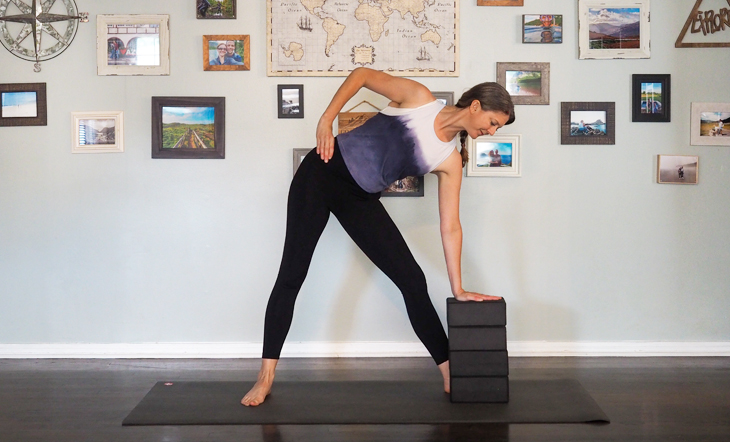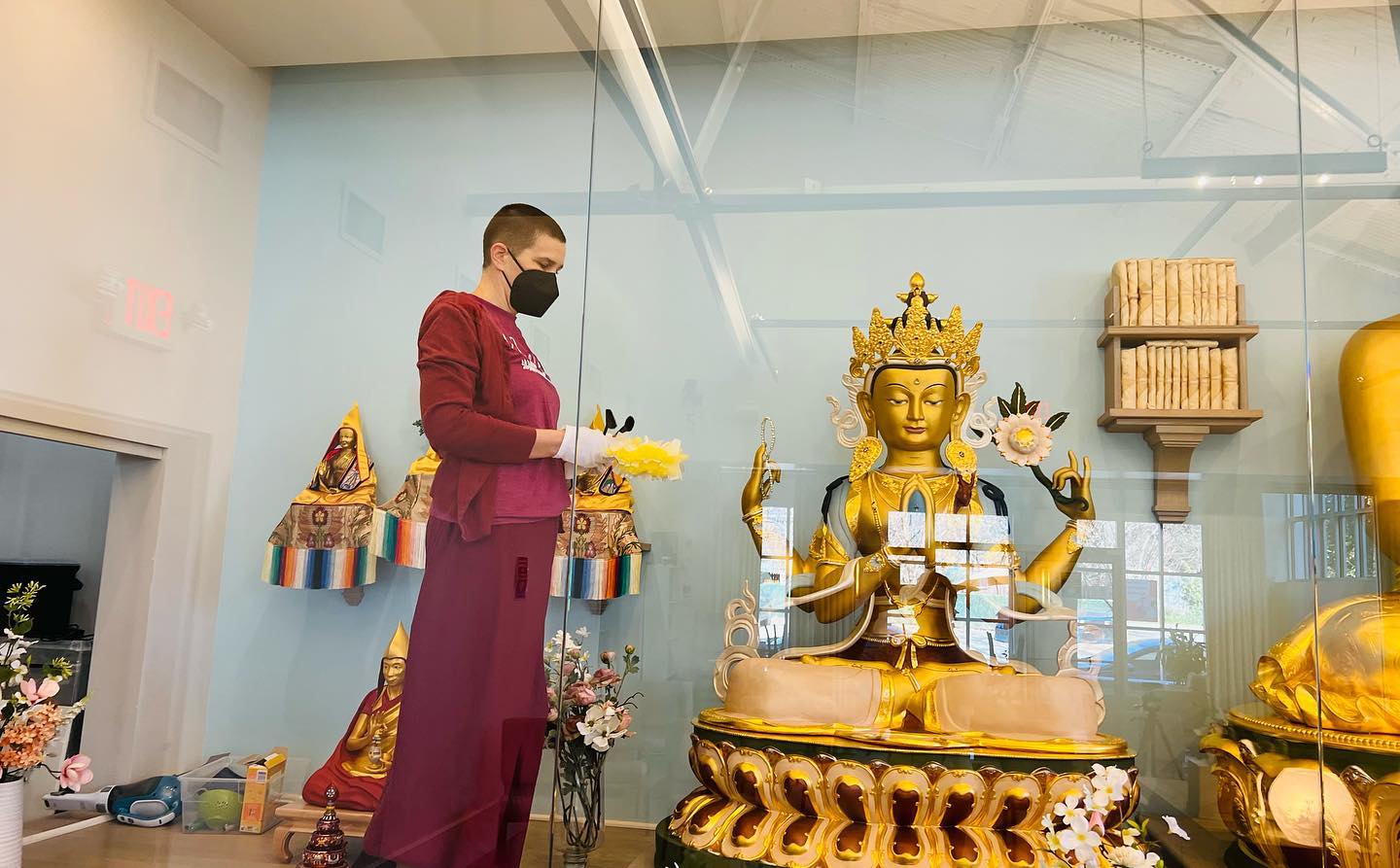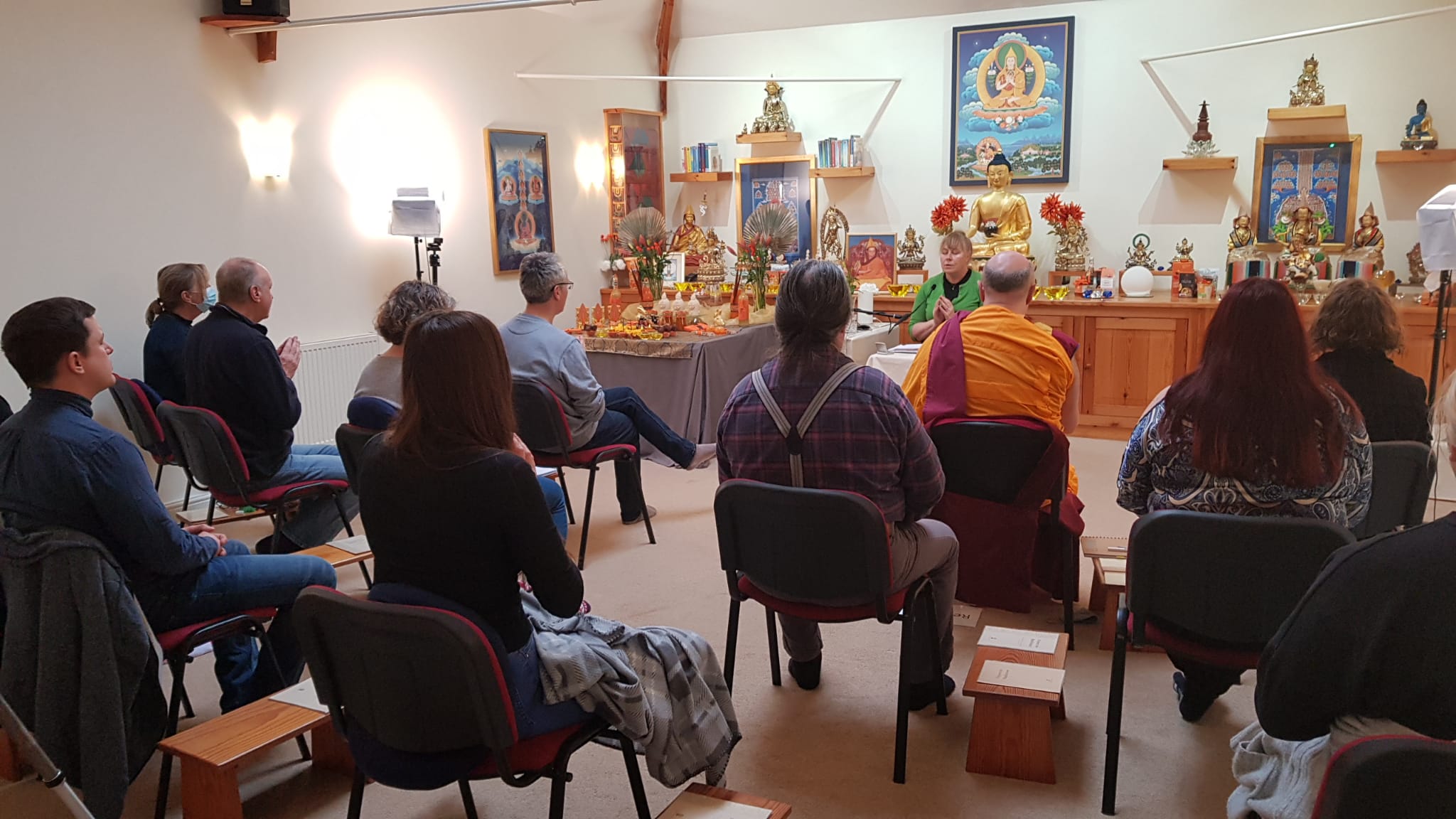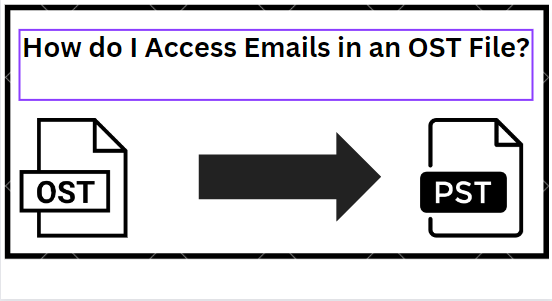A Guided Meditation for Navigating Difficult Emotions
From self-blame to fear, it’s easy to get tangled up with sticky emotions. Sharon Salzberg helps us create space around our emotions by tuning in to our breath. The post A Guided Meditation for Navigating Difficult Emotions appeared first...

From self-blame to fear, it’s easy to get tangled up with sticky emotions. Sharon Salzberg helps us create space around our emotions by tuning in to our breath.
By Sharon Salzberg April 26, 2022 CalmSometimes when a painful emotion comes up, we layer shame and blame on what’s already difficult. For example, we may think to ourselves, “I should be able to do my job better.” We also tend to project into the future and worry about what the pain may feel like tonight, next week, or next year.
When we do this, we’re not only facing the pain of present difficulty, but the anticipation of pain, which is actually in our imagination. The first thing we can do to cultivate our resources for managing difficult emotions is to allow ourselves to feel the emotion, shift our attention to noticing the sensations present in our body, and forgive ourselves for what we feel.
We’re human beings, and feeling this way is natural.

 Lynk
Lynk 
































